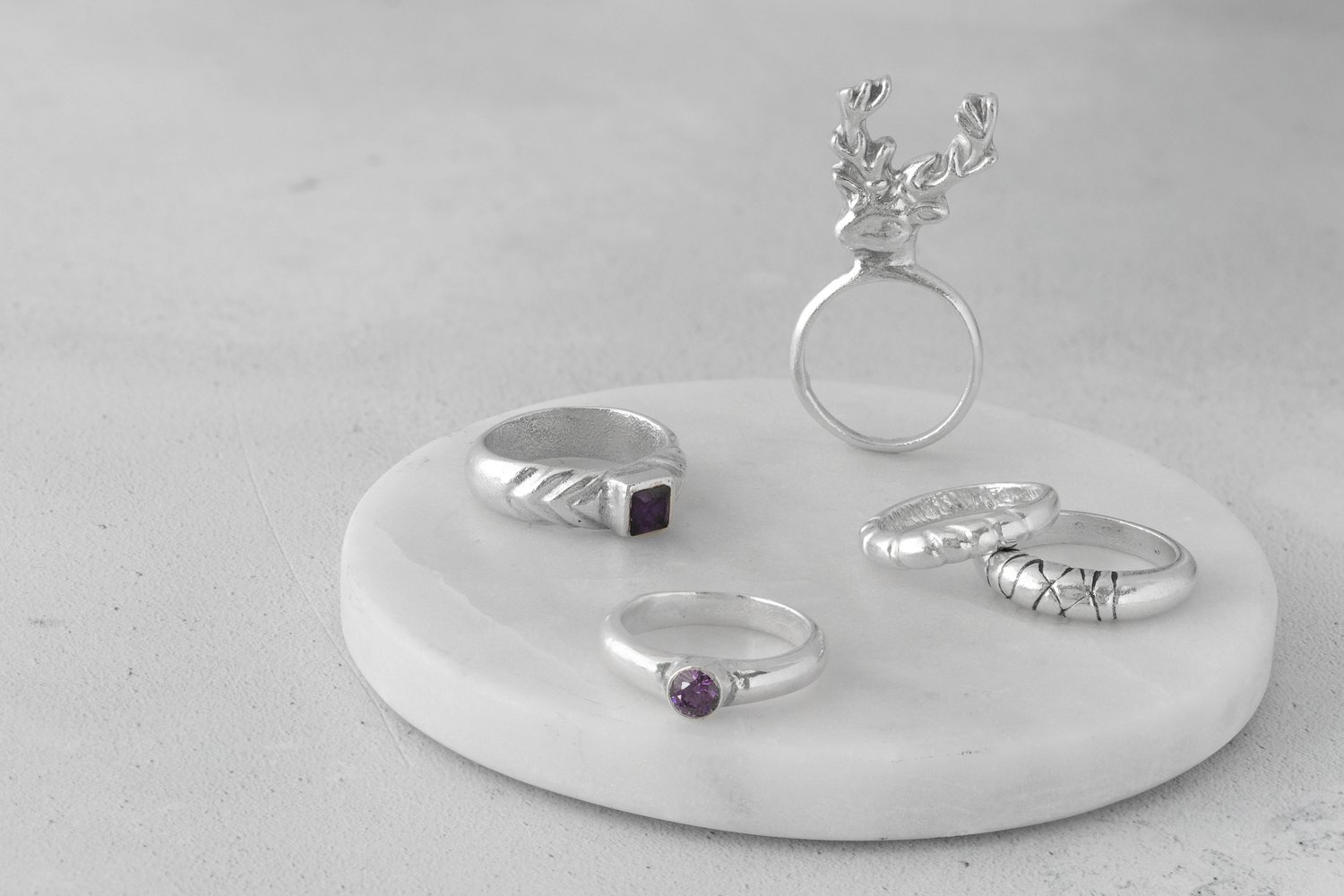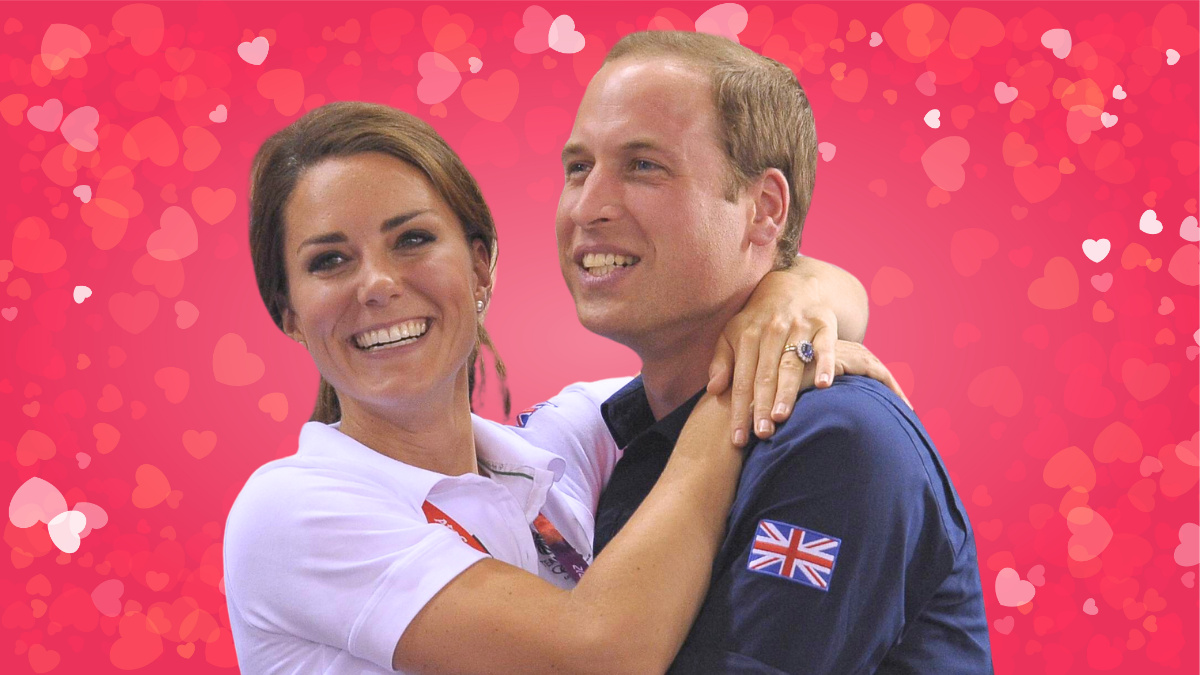
Hallmarking is a process of testing and applying a series of marks to your jewellery to verify for your buyer that it is genuine silver. In the UK it is the law that each item of precious metal jewellery you sell, that is over a certain weight, has been officially hallmarked by an Assay Office.
Minimum weights
There are some cases where you are not required to hallmark precious items. This is if they are under the required weight restrictions in the UK. The weight is measured on the metal content and excludes stones.
Weight restrictions
Silver: 7.78 grams (includes metal clay)
Gold: 1.0 grams
Platinum: 0.5 grams
Palladium: 1.0 grams
If your item is under the minimum weight you can still choose to have it hallmarked but it isn’t mandatory to do so.
Weight is measured per element, so a pair of earrings or a pair of cufflinks count as two separate pieces. For bracelets and pendants, if the charms are detachable they count as separate pieces. If they are soldered to the chain or otherwise could not be removed by a non-jeweller it would all counts as one piece.
Technology has advanced so the Assay Offices now try to test the metal with as little harm to the jewellery as possible so it is usually scanned in an x-ray type machine. This allows the tester to see which metal the piece is made of, if there is any plating etc. For larger pieces e.g. chain, they test about 6 times along the length of it to ensure it is all the same metal.
Once the metal is tested the piece will be marked with the official Assay Office stamp, the fineness of the metal and your makers mark (see below).
The Assay Office staff spend most of their time testing mass manufactured pieces being sold in the UK so they love it when they get to work with handmade jewellery!
You will probably know that sterling silver is also known as 925. What this means is that for every 1000 particles of metal, 925 are silver and 75 are copper. The main brands of silver clay are fine silver or 999 meaning that for every 1000 particles – 999 are silver and only one particle is copper – fine silver is purer than sterling silver.
I rang up the Assay Office to ask about this! The majority of us work with the main brands of silver clay which are fine silver or 999. However, your customers are more used to 925 sterling silver. I was informed that if you ask for the piece to be stamped 925 on the hallnote (more on this later) and they test it to find that it is at least 925 pure (which a fine silver clay piece would be) they will stamp it 925. You can also ask for a 999 mark or a Britannia silver mark, which is 958. However, I suggest requesting 925 as this is what buyers are most familiar with.
The hallmark of the least precious metal is applied ranking from: silver, palladium, gold, platinum.
E.g. if you have a silver piece with a small amount of gold it will be hallmarked as silver.
Although where possible if you have two metals of a similar size in a piece (e.g. gold and silver) they will add a separate ‘fineness mark’ to the area with gold.
But the full hallmark will be applied to the silver area.
No. Legally your jewellery needs to be independently hallmarked at an Assay Office. There are four Assay Offices in the UK in London, Edinburgh, Sheffield and Birmingham. You can choose to have your mark at any of these, you do not need to choose the Assay Office nearest to you. The Assay Offices are all separate and do have different prices so it’s worth doing your research as to which will be best for you.
If you choose, you can also mark your items with stamps ‘925’ or ‘999’ yourself although this is not a hallmark.



:max_bytes(150000):strip_icc():focal(999x0:1001x2)/rita-moreno-2024-oscars-031024-54cb2c55c28543c6893ec395fd29d6de.jpg)
.webp)


